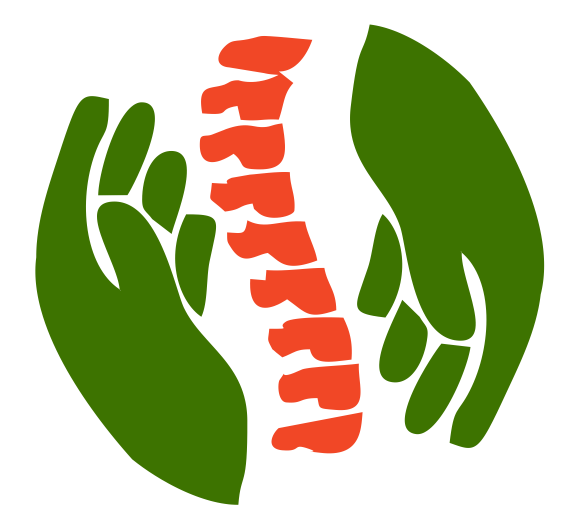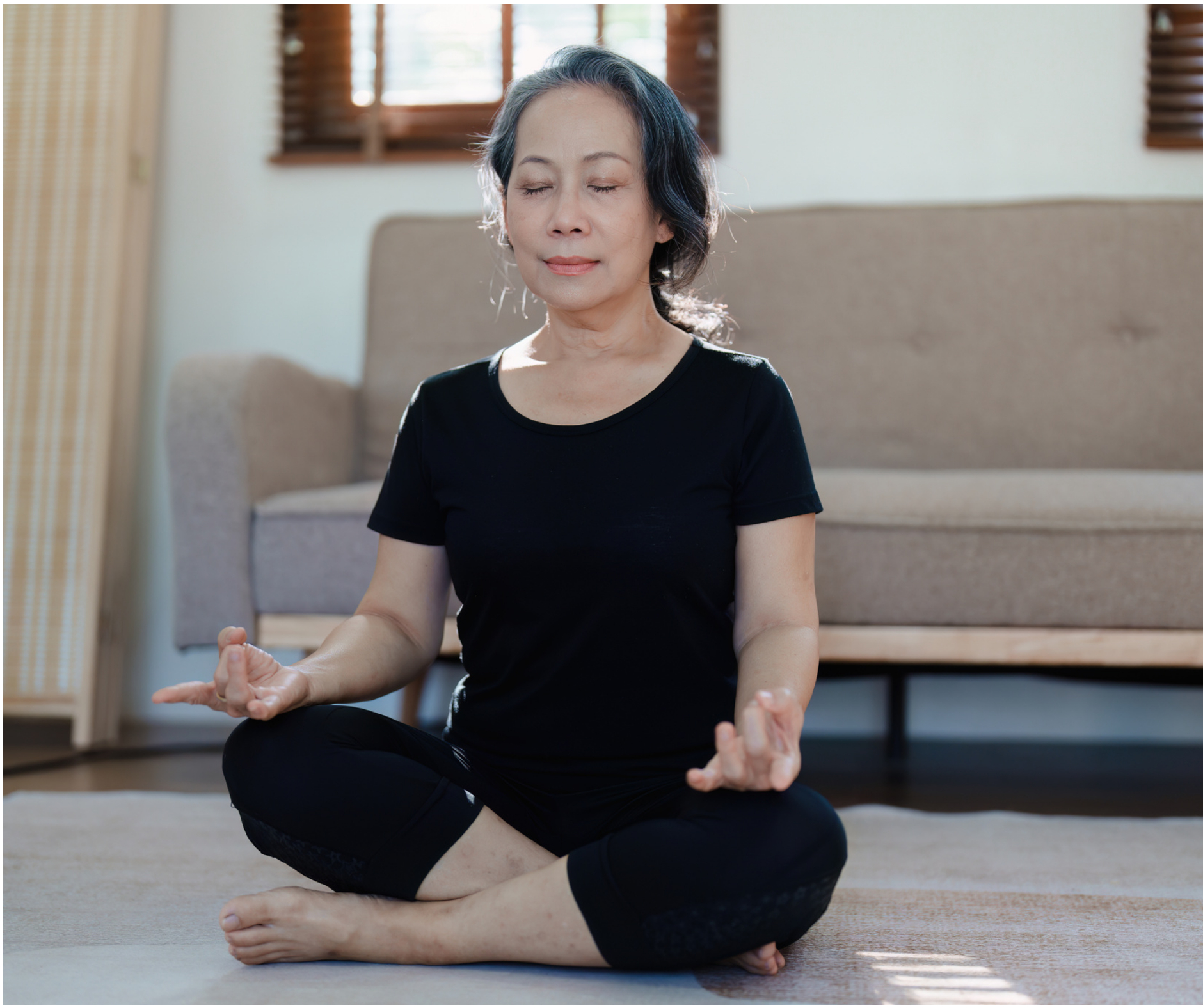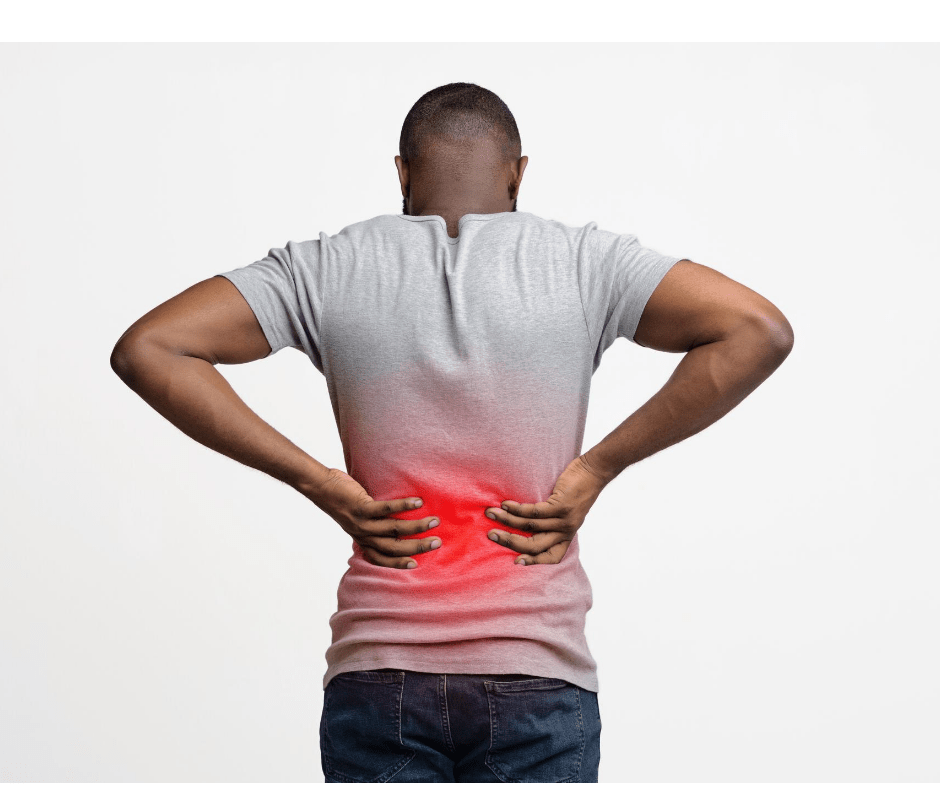How Can I Treat My Lower Back Hurts From Running.

Lower back hurts from running is a topic that’s near and dear to many runners’ hearts. More than likely you’ve been there.
You get out the door every day and run with a pack of energy. But sometimes your lower back hurts. It sucks because running is one of the best forms of exercise you can do; it doesn’t cost much beyond the initial investment of a pair of shoes, and it’s an all-around great experience,
however, when the lower back hurts from running, what could be worse, right?
But let me ask you, have you ever thought, ” why does my lower back hurt when I run Could it be my skeleton?” Probably not. Or have you ever wondered what makes my lower back sore from running?
The good news is that your pain can usually be resolved with some simple exercises, good home care, and a better understanding of why it happens
Today, I’m going to explain the causes of lower back pain with running and then dive into some tips on relieving lower back pain.
basically lower back hurts from running when you have overactive in your physical activity and you get a very short recovery period your lower back muscle feel discomfort and come lots of strain on your lower back muscles and ligaments
this is happen during your running
running can increase your existing back pain intensity also but the cause of lower back pain with running is mainly
Strain and sprain on muscle
Strain and Sprain of muscles happen due to an excess of physical activity. you might be running too much it will be more than your muscles sustain capability. then your muscles and ligaments feel stressed and sometimes got teare also
your muscle fatigue results in strain or sprain.
there may be muscle stiffness and spasm Which becomes an obstacle in your running and your daily activity this is one of the reasons your lower back hurt from running
How to treat lower back sore from running:
Avoid overstriding,
stop daily physical activity for some days to avoid strain and sprain on your muscle
physical activity which gives stress to your spine and lowers back muscles. stop that for some days. then begin with a slow exercise moment like walking for 2 to 3 week
Apply heat and cold treatment
Apply ice for 24 to 48 hours then shift to heat treatment.
Avoid heavy lifting
It will give you a lot of stress on your Spine and the situation may be worse.
hence some days avoid such activity that gives you a hunch or twisting.it will harm you.
Try (otc) Medication
If the pain is unbearable. try over-the-counter pain relievers Medisin such as Acetaminophen or Ibuprofen.
If pain or discomfort is still there please see the Doctor.
Hyperlordosis:
When you stand up in a straight position. your spine is not straight like a pole it is quite curvy in nature one curve is below the head is the neck
second is in the opposite direction of the first one and that is with the shoulder blade and
The third one is above the hip. this spine curve is called lordosis and the lower back curve is called the lumbar lordosis.
Hyperlordosis :
Hyperlordosis is a condition where the lower back has an excessive arch. The spine is curved forward instead of straight. People with hyperlordosis can also have pain in their legs, arms, and neck.
It taking place because of
poor posture:
One of the main causes of hyperlordosis (excessive curvature of the lower back) is poor posture, and many people who have this condition are not even aware of it.
The problem is that most people sit hunched over a desk or computer all day long, which creates a slouching position that can lead to permanent muscle shortening and posture problems.
This can be countered by sitting up straight, placing a pillow or rolled-up towel behind your lower back to support it when you are sitting down, and stretching your muscles regularly. You should also avoid leaning forward while standing, as this puts strain on your lower back and increases the chance of hyperlordosis developing.
Hyperlordosis can also be caused by a variety of other factors including:
Structural issue:
some individuals have Genetic predisposition – Some people are just more predisposed to developing hyperlordosis than others.
Injury:
An injury to the spine during childhood or adolescence – If you had a fall when you were younger which damaged some vertebrae, this may have resulted in excessive curvature forming later in life;
Obesity:
Lower back pain when running overweight places extra pressure on your lower back muscles and can weaken them over time;
To fix hyperlordosis you have to improve your posture with stretches and exercise
Use ergonomic Furniture to reduce strain on your Spine and keep you in a neutral position.
Herniated Disc:
As you know the spine is made up of blocks of Vertebrata and in between two vertebrae there is one rubbery disc it acts as a shock absorber when you run
Sometimes the disc slipped from its place that’s called a slipped disc and sometimes it ruptured, called herniated disc is also results in the lower back hurt while running.
to treat this your doctors elevate your severity of pain and suggest to you
what is necessary whether it will be medication or surgery.
Strengthen Your Core:
“Your core is the powerhouse of your body,” says Josh Sharkey, a strength coach at Precision Nutrition and a former NCAA runner who has helped many elite athletes achieve world records. “It’s what supports you while you run.”
When you have good core strength, all of your running muscles including those in your hips, glutes, and hamstrings are firing properly. If you’re weak in one of these areas, it can throw off the rest of your body and lead to injury.
“Core stability is like a center pole,” Sharkey says. “If that center pole is weak or unstable, it will cause everything else around it to be unstable as well.”
A great way to strengthen your core and prevent back pain is to do exercises that strengthen your abdominal muscles, such as sit-ups and crunches. Do these exercises a few times a week to build up strength in the abs.
Side plank — Lie on one side with your feet stacked on top of each other and your elbow planted firmly into the ground at 90 degrees. Hold this position for 30 seconds per side.
Bird dog — Start on all fours, with your hands under your shoulders and knees under your hips. Without moving anything but your arm and leg on the same side (for example, left arm/left leg), lift
Runners can prevent lower back pain by strengthening their core through weight lifting.
Are You wearing the right shoes:
The back is a complicated joint that includes the spine, discs, and muscles. It can be strained when you run, to eliminate that,
You may also want to consider switching to a better pair of running shoes. If you’re wearing shoes that aren’t compatible with your foot shape or pronation (the way your foot rolls inward), it could cause lower back problems over time.
A good running shoe should support your arch, give enough room for toes, and be cushioned so there’s less impact on joints as they bend during movement.
Confirm are you wearing the right shoes.
Shoes that are too rigid or have a high heel raise your center of gravity, making it harder to land and adjust your stride as you run.
. If you have flat feet or pronate (roll inward), seek out a shoe with extra cushioning in the heel and medial arch area;
If you overpronate, look for motion control features in the upper part of the shoe; if you supinate (roll outward), look for stability features in the rear of the shoe;
If you have high arches, look for a neutral shoe with some support.
If you have low arches, don’t buy extra-stiff shoes because they may cause pain as well as injury.
Some other types of lower back hurts from running:
There are some different types of lower back pain while running let’s see,
Lower back pain from running uphill
If you are experiencing lower back pain while running uphill, it is likely that you are overstraining your muscles and ligaments in this area.
It is always important to warm up before any exercise session, especially if you have been sedentary for a long period of time.
Your warm-up should include light jogging or walk as well as stretching exercises that focus on the lower body.
If you are experiencing lower back pain during uphill running, make sure that you don’t exaggerate your stride length or increase your speed beyond what feels comfortable to your legs and hips.
The goal should be to maintain good posture throughout the run, which means keeping your head up and shoulders relaxed rather than hunched over or forward. You may also want to try running on an incline treadmill at home instead of outside if possible so that you can control the speed and intensity of your workout more easily
But Some time you feel lower back pain from running on treadmill also,
Lower back pain from running on treadmill :
Lower back pain from running on treadmill is a common problem among runners. It is particularly prevalent among people who are new to running or have not been active for years.
It can also occur for those who suffer from lower back pain or other issues in the lower body, such as sciatica, knee problems, and ankle injuries.
The most common cause of lower back pain from running on treadmill is poor posture.
When you run, it’s important to maintain good posture at all times. This means keeping your head up and looking straight ahead instead of down at the ground or forward toward your feet. You should also keep your shoulders straight and avoid leaning forward too much with each stride. If you’re not used to running or if you’re still getting acclimated to the activity, it may be difficult to maintain proper posture while exercising.
If you feel an ache in your lower back when you begin running, try stretching before starting your workout session.
Yoga poses such as pigeon pose (Eka pada rajakapotasana) and downward-facing dog (adho mukha svanasana) can help strengthen and stretch the muscles in your hips, thighs, and buttocks — all of which help support proper posture while exercising
Pigeon pose:
The pigeon pose is a yoga pose that can help relieve lower back pain. It can also be used to stretch the hip flexors, quadriceps, and gluteal muscles.
How to do the pigeon pose:
Start with your back on the floor and your feet straight up in the air.
Bend your knees and bring your feet towards your butt, keeping them hip-width apart. Your knees should be facing outward (not inward).
Lower your hips toward the ground until you feel a stretch in your inner thighs and hamstrings. You can place a cushion under your knees for comfort if needed.
Hold this position for up to 1 minute or longer as you breathe deeply into it.
Benefits of
It helps to Stretches thighs, psoas, glutes, and piriformis muscles.
It also Stretches groins, abdomen, chest, neck, and shoulders.
It Improves flexibility in the hips, pelvis, and groin.
It Lengthens the flexors of the hips
It helps opens up hip joints and increases the range of movements.
Downward-facing dog:
It is a great yoga pose for stretching your hamstrings, calves, and back. However, if you have low back pain then be careful it can also aggravate your condition.
Downward-facing dog (Adho Mukha Svanasana) is a great pose to start or end your yoga practice. It stretches the hamstrings, glutes, calves, and deep muscles of the back. This pose is often used as a resting pose between more difficult poses.
While downward-facing dogs can be beneficial for those with low back pain, it can also aggravate an existing condition. If you have lower back pain or sciatica (pain in the buttocks), do not do a downward-facing dog without first consulting your doctor or physical therapist to see if this pose is safe for you.
Conclusion:
If you want to get rid of lower back pain from running It can be done.
I had extreme lower back pain that would never go away. I tried a lot of medication and other treatments but absolutely nothing helped my condition. for more than a week or so at a time.
It wasn’t until I took action on my own that things really changed for the better.



